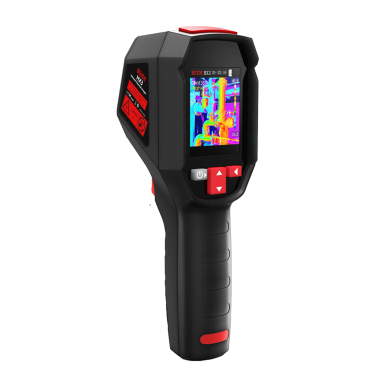
# Ear Thermometers: Accurate and Non-Invasive Temperature Measurement
## Introduction to Ear Thermometers
Ear thermometers, also known as tympanic thermometers, have become a popular choice for measuring body temperature in both clinical and home settings. These devices offer a quick, accurate, and non-invasive way to monitor temperature, making them particularly useful for children and adults alike.
## How Ear Thermometers Work
Ear thermometers use infrared technology to measure the temperature inside the ear canal. The device detects the infrared heat emitted by the eardrum and surrounding tissue, which closely reflects the body’s core temperature. This method provides several advantages over traditional oral or underarm thermometers.
### Key Features of Ear Thermometers:
– Fast readings (typically 1-3 seconds)
– Non-invasive measurement
– Hygienic with disposable probe covers
– Memory function to track temperature trends
– Suitable for all ages (with proper technique)
## Benefits of Using Ear Thermometers
Ear thermometers offer numerous advantages that make them a preferred choice for temperature measurement:
### Accuracy and Reliability
When used correctly, ear thermometers provide highly accurate readings that closely match core body temperature. The tympanic membrane shares blood supply with the hypothalamus, the body’s temperature control center, making ear measurements particularly reliable.
### Ease of Use
These thermometers are especially beneficial for parents with young children, as they can take a temperature quickly without disturbing a sleeping or fussy child. The process is much simpler than trying to keep a thermometer under a child’s tongue or in their armpit for an extended period.
### Hygiene Considerations
With disposable probe covers, ear thermometers minimize the risk of cross-contamination between users. This feature makes them ideal for healthcare settings where multiple patients need temperature checks.
Keyword: Ear Thermometers
## Proper Usage Techniques
To ensure accurate readings, it’s important to use ear thermometers correctly:
– Gently pull the ear upward and backward (for adults) or straight back (for children) to straighten the ear canal
– Insert the thermometer probe snugly into the ear canal
– Aim the probe toward the opposite temple
– Press the measurement button and hold steady until the reading is complete
– Use a clean probe cover for each measurement
## Limitations and Considerations
While ear thermometers are generally reliable, certain factors can affect their accuracy:
– Excessive earwax buildup
– Ear infections or inflammation
– Improper positioning of the thermometer
– Recent exposure to very hot or cold environments
For infants under 3 months, rectal temperature remains the gold standard for most accurate measurement.
## Choosing the Right Ear Thermometer
When selecting an ear thermometer, consider these factors:
– Measurement speed
– Memory capacity
– Display readability
– Probe cover availability
– Warranty and customer support
– Clinical validation
Many modern models also offer features like color-coded fever indicators and connectivity to smartphone apps for tracking temperature trends.
## Conclusion
Ear thermometers represent a significant advancement in temperature measurement technology, offering a combination of speed, accuracy, and comfort that traditional methods can’t match. Whether for home use or clinical settings, these devices provide a reliable way to monitor health and detect fevers early. With proper use and maintenance, an ear thermometer can be an invaluable tool for maintaining family health.
